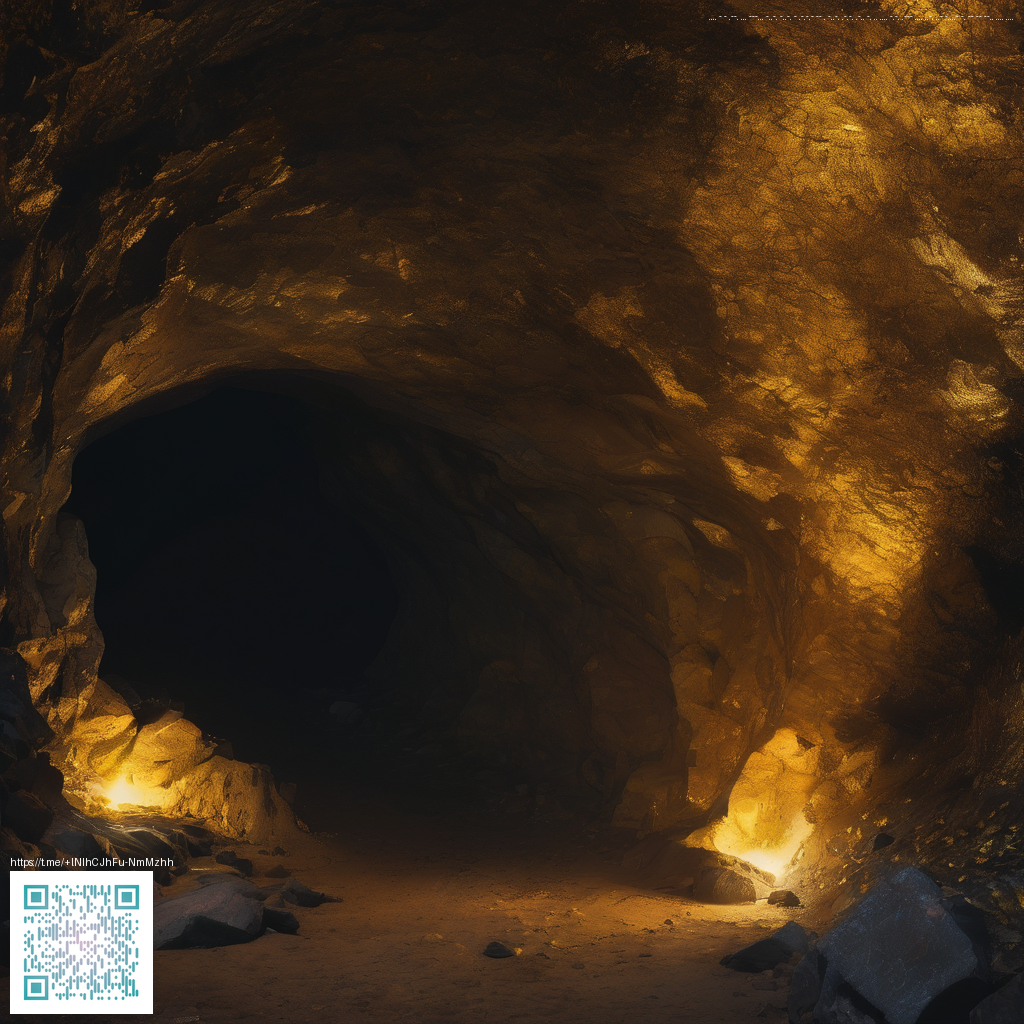
Disaster Relief Robots: Transforming Rescue Missions
When catastrophe strikes, every moment matters. Robots have evolved from niche experiments into trusted teammates for first responders, offering eyes, hands, and reach where danger is highest. Disaster relief robots are not just gadgets; they are strategic assets that expand human capability, reduce risk, and speed decision-making in chaotic environments.
What makes disaster-relief robots different
In the field, a robot is judged by what it can do without placing people in harm’s way. Disaster-relief platforms must contend with unpredictable terrain, collapsed structures, dust and heat, and limited power. The best machines strike a balance between rugged reliability and versatile sensing. They’re designed to operate with minimal human control when required, yet offer precise teleoperation for delicate tasks. Above all, their software and hardware are engineered to tolerate dust, moisture, vibration, and adverse lighting—conditions that would derail consumer robotics in a heartbeat.
Core capabilities that save time and lives
- Sensing and perception: infrared and thermal cameras, chemical sensors, gas detectors, and robust cameras provide situational awareness without placing responders on the ground.
- Mobility and reach: tracked, wheeled, and legged bodies enable traversal over rubble, stairs, and uneven surfaces; long arms and grippers allow manipulation of debris to access voids or retrieve objects.
- Manipulation and tools: cutting implements, grippers, suction, and small saws empower on-site triage, tool delivery, and the opening of blocked passages.
- Autonomy and control: semi-autonomous navigation, path planning, and reliable remote operation let responders prioritize high-level goals while the robot handles low-level maneuvers.
- Endurance and resilience: modular power systems, rugged housings, and fault-tolerant software keep missions going longer with fewer downtime repairs.
Lessons from the field: how robots actually help
Deployments across different disaster scenarios show that robots excel at three core tasks: reconnaissance, material delivery, and delicate manipulation. Reconnaissance updates command centers about unstable structures, gas leaks, or shifting debris without exposing firefighters to immediate danger. Delivery drones and ground robots can ferry essential supplies—breathing apparatus, radios, water, or medical kits—to trapped civilians or teams operating at the edge of safety. When it comes to manipulation, robots assist with carefully lifting debris, stabilizing a compromised wall, or severing a hazard source with precision that would be risky for handheld tools.
“In disaster zones, seconds saved by a robot can translate into more minutes for coordinating teams and more lifelines for those still waiting to be found.”
Actual field practice highlights a recurring theme: robots amplify human judgment, but they do not replace it. The most effective responders use robots to augment decision-making, confirm hypotheses, and buy time for critical triage decisions on the ground.
Design challenges still shaping adoption
Despite advances, several hurdles slow broader adoption. Communication reliability between the robot and operators can be compromised by interference, terrain, or distance. Power limitations remain a bottleneck for longer missions, driving ongoing work in efficient locomotion, energy-dense batteries, and alternative charging strategies. Interoperability is another hurdle: different teams use different control interfaces and data formats, which can hinder rapid deployment in multi-agency responses. Finally, there’s the human factor—robotics must be intuitive enough for responders who may be under extreme stress and time pressure.
Looking ahead: the next generation of disaster-relief robotics
Researchers and practitioners are converging on several trends that will redefine how rescue missions unfold. First, modular design—robots you can adapt with swappable arms, sensors, and tools for a given incident. Second, hybrid autonomy that blends AI-driven autonomy with human-in-the-loop control to keep experts in command while machines execute routine or dangerous tasks. Third, swarm robotics concepts where multiple smaller units coordinate to clear debris, map environments, and deliver payloads more quickly than a single platform could.
Practical takeaways for responders and planners
- Prioritize training and drills that simulate collapse scenarios, enabling teams to build muscle memory for robot-enabled operations.
- Invest in interoperable systems and shared data standards so assets from different agencies can work together seamlessly.
- Integrate robots into incident command structures with clear roles, communication protocols, and safety rules that protect both humans and machines.
- Plan for logistics resilience—rapid charging, field-maintenance kits, and spare parts to keep robots mission-ready in challenging environments.
Conclusion without the cliché
Disaster relief robots are redefining what’s possible in rescue missions. They extend human reach, reduce exposure to harm, and provide precision that accelerates decisions when every moment matters. As technology matures, responders will rely on these platforms not as a substitute for courage and skill, but as a powerful force multiplier—turning chaotic rubble into actionable information, and turning bleak possibilities into tangible lifelines for those who need them most.